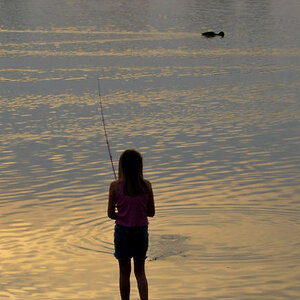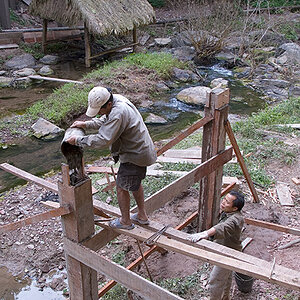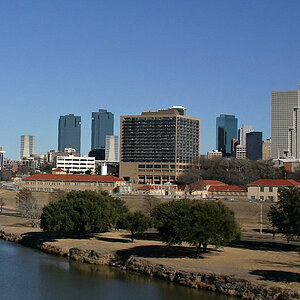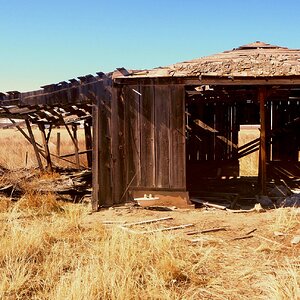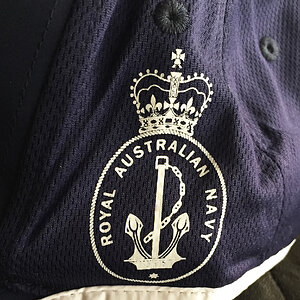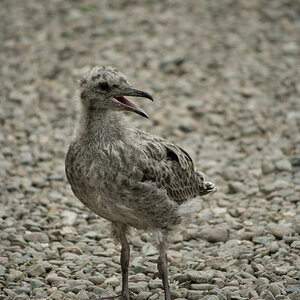Gabo
TPF Noob!
- Joined
- Jul 26, 2014
- Messages
- 2
- Reaction score
- 0
- Location
- Mexico
- Can others edit my Photos
- Photos NOT OK to edit
Good morning, guys.
I have recently started learning about photography an I'm going through any photo effects that I like and try to reproduce them myself as part of my learning process. I have a Nikon D40.
I have seen a few pictures that have an effect that caught my eye and I would like to reproduce it. In this case, it's the following:
* https://scontent-a-iad.xx.fbcdn.net...0x720/263370_488620397855428_1409045995_n.jpg
* https://scontent-b-iad.xx.fbcdn.net...=c16203e26faba0fa73517941dd8e5a9e&oe=5445E0BD
* https://fbcdn-sphotos-d-a.akamaihd....0x720/317963_484622454921889_1971102938_n.jpg
In those pictures, we see the lights that come out of the equipment's buttons "stretches" ad moves in he pictures. My first thought was those pictures were taken with a slow shutter speed and then the camera was moved in order to obtain that effect with the lights, however if that was the case... then why are the rest of the objects in the pictures still? why was not movement captured within the other objects in the pictures?
If they would have only been taken with slow shutter speed, then every object in the pictured would be blurred, am I right?
So, my questions how to take those kind of pictures in which the only movement captures was from the lights emitted out of the buttons (that are in fixed still place) and the rest of the objects appear to be standing still (with no distortion or blur)?
I hope I explained myself correctly. I'm still learning.
Thanks in advance.
Regards!
I have recently started learning about photography an I'm going through any photo effects that I like and try to reproduce them myself as part of my learning process. I have a Nikon D40.
I have seen a few pictures that have an effect that caught my eye and I would like to reproduce it. In this case, it's the following:
* https://scontent-a-iad.xx.fbcdn.net...0x720/263370_488620397855428_1409045995_n.jpg
* https://scontent-b-iad.xx.fbcdn.net...=c16203e26faba0fa73517941dd8e5a9e&oe=5445E0BD
* https://fbcdn-sphotos-d-a.akamaihd....0x720/317963_484622454921889_1971102938_n.jpg
In those pictures, we see the lights that come out of the equipment's buttons "stretches" ad moves in he pictures. My first thought was those pictures were taken with a slow shutter speed and then the camera was moved in order to obtain that effect with the lights, however if that was the case... then why are the rest of the objects in the pictures still? why was not movement captured within the other objects in the pictures?
If they would have only been taken with slow shutter speed, then every object in the pictured would be blurred, am I right?
So, my questions how to take those kind of pictures in which the only movement captures was from the lights emitted out of the buttons (that are in fixed still place) and the rest of the objects appear to be standing still (with no distortion or blur)?
I hope I explained myself correctly. I'm still learning.
Thanks in advance.
Regards!
Last edited:


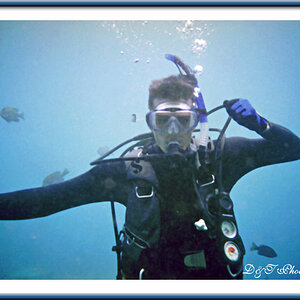
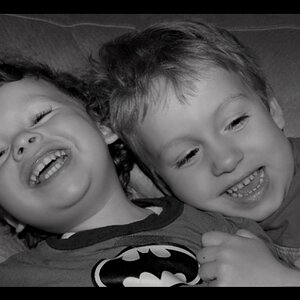
![[No title]](/data/xfmg/thumbnail/38/38736-5bc266b035e23faf5ad942bdd97466a8.jpg?1619738703)
![[No title]](/data/xfmg/thumbnail/32/32706-50b778fbc110c8ea4472547d54c6a923.jpg?1619735610)

